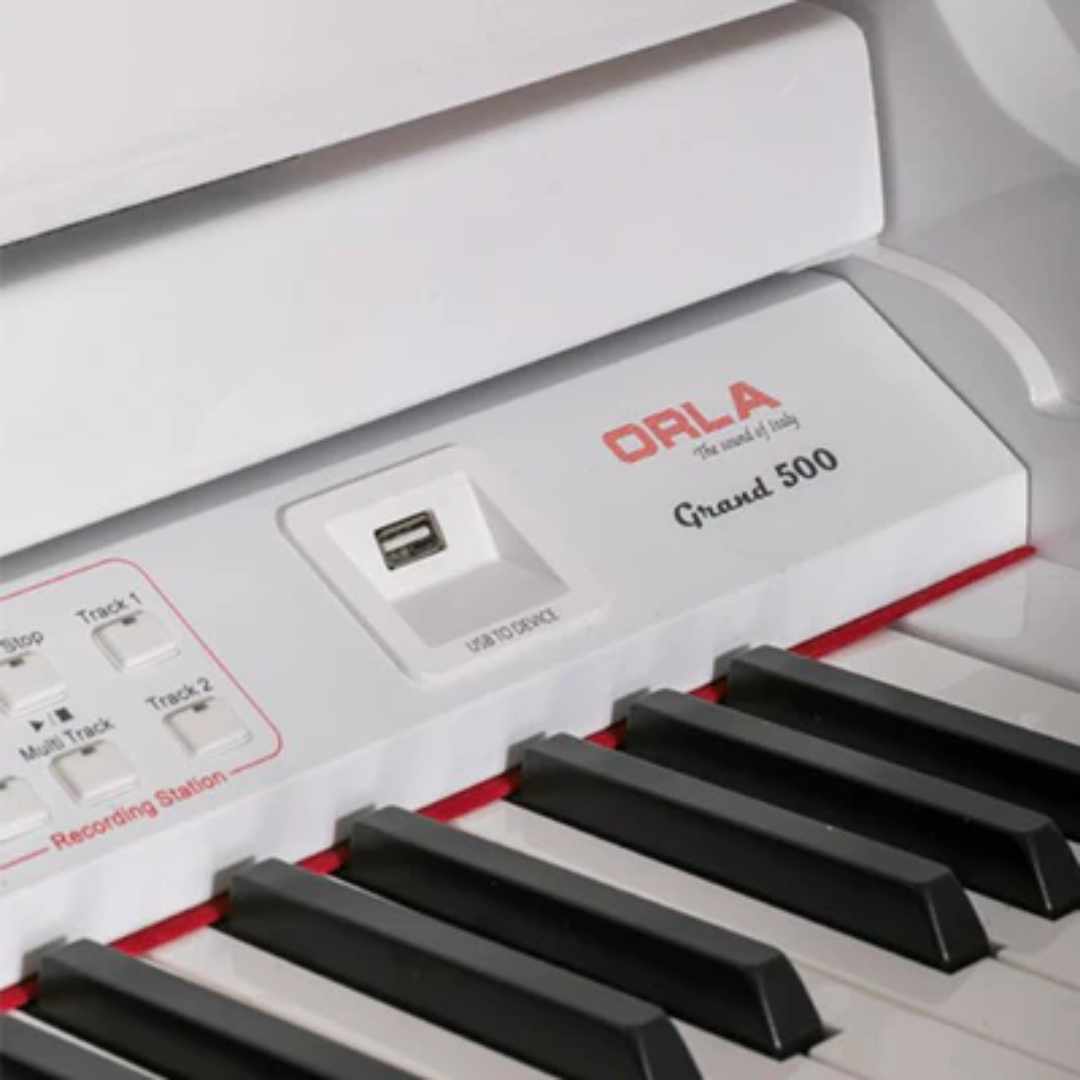Choosing the right strings for your guitar is no minor detail: they directly affect tone, playability, and even the instrument’s lifespan. If you own an Eko guitar, you already know it’s a versatile and reliable instrument, but to truly get the most out of it, it’s essential to use the right strings for the style of music you want to play.
Why are strings so important?
Strings are the link between your creativity and the final sound your guitar produces. Changing your set of strings can influence:
- Tone and projection: thicker strings deliver more power and sustain.
- Playability: lighter gauges make bends and complex chords easier.
- Durability and tuning stability: depending on the material and gauge, they resist wear better and hold tuning longer.
With Eko guitars, known for their great value for money, the right strings can make the instrument shine even more.
Strings by musical style
Classic Rock & Hard Rock
- Recommendation: medium gauge (0.10 – 0.46).
- Why: they balance comfort and power, perfect for chunky riffs and solos with sustain.
- Tip: on an Eko Les Paul or SG model, this gauge enhances distortion strength.
Metal & Drop Tunings
- Recommendation: heavy gauge (0.11 – 0.52 or higher).
- Why: they hold tension in drop tunings (Drop D, Drop C) and prevent a “floppy” feel.
- Tip: on long-scale Eko models, these strings deliver tight, crushing riffs.
Blues & Jazz
- Recommendation: medium to heavy gauge (0.10 – 0.48 or 0.11 – 0.50).
- Why: they provide warmth, chord fullness, and deep sustain for melodic phrasing.
- Tip: on Eko semi-hollow guitars, this setup highlights the wood’s natural resonance.
Pop & Light Acoustic Styles
- Recommendation: light gauge (0.09 – 0.42).
- Why: easy to play, ideal for open chords and rhythmic strumming.
- Tip: on Eko acoustic guitars, these strings deliver a bright sound that’s comfortable for beginners.
Funk & Rhythmic Styles
- Recommendation: extra light gauge (0.09 – 0.40).
- Why: allows greater flexibility for rhythmic riffs, hammer-ons, and modern funk grooves.
- Tip: on Strat-style Eko models, this gauge enhances a clean, snappy attack.
Common string materials
- Nickel: balanced tone, classic rock sound.
- Stainless steel: brighter tone, great for funk or pop.
- Phosphor bronze (for acoustics): warm, clear sound, widely used in folk.
Practical tips when choosing strings
- Avoid sudden gauge changes: if your guitar is set up for 0.09, move to 0.10 gradually.
- Keep them clean: wipe strings after playing to extend their lifespan.
- Experiment with brands and materials: every guitarist has personal preferences.
- Change strings regularly: even if they don’t break, they lose brightness over time.
Frequently Asked Questions
How often should I change strings?
It depends on usage. On average, every 1 to 3 months. If you play often, once a month is ideal.
Can I use any gauge on my Eko guitar?
Yes, but it’s best to adjust the bridge and truss rod if you make major gauge changes.
What happens if I use thinner strings than recommended?
You’ll get more bending comfort, but the sound will lose some body.
Do strings affect the durability of the guitar?
Not directly, but very heavy gauges may require more frequent neck adjustments.
Choosing the right strings for your musical style is key to getting the best out of your Eko guitar. In the end, the best choice is the one that feels comfortable and reflects your style. One thing is certain: with the right strings, your Eko guitar will sound exactly the way you want.




Leave a comment
This site is protected by hCaptcha and the hCaptcha Privacy Policy and Terms of Service apply.